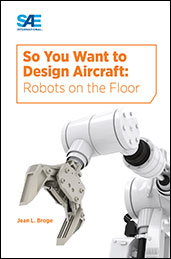Video

Interview with Dr. Ravi Rajamani, Author, Electric Flight Technology: The Unfolding of a New Future
2018-05-17
Listen in as Dr. Ravi Rajamani discusses his new book, the history of electric flight, and electric propulsion. Learn more at books.sae.org/t-135.














